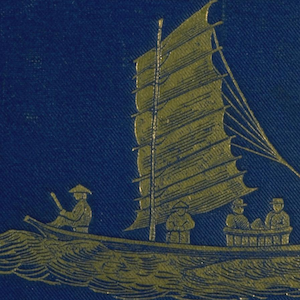Browse
Environment

Review
A History of the World in 100 Objects
Overall A History of the World in 100 Objects is a great resource to teach world history through visual culture in an accessible and succinct format for both school and college-level classes.
Review
Res Obscura
Functioning primarily as the personal blog of historian Benjamin Breen, Res Obscura stays true to its by-line by being ‘a catalogue of obscure things’.
Review
Photo Library of the French School of Asian Studies
The EFEO has long been one of the leading centres of architectural, archaeological, epigraphic, ethnographic, and art historical research on Asia and this effort to digitise their extensive collection of photographs offers scholars and the public a new lens with which they can view a visually
Review
Constitute: The World’s Constitutions to Read, Search, and Compare
Constitute provides full text for almost all active constitutions around the globe, making it a powerful teaching tool for government, political history, and civic engagement.
Review
Papers of Sir Joseph Banks
Sir Joseph Banks (1743-1820) was the botanist who sailed with Captain James Cook on his first voyage of exploration into the Pacific region between 1768 and 1771.
Review
Formosa
This site consists of firsthand accounts of 19th-century Taiwan from the perspective of European and American visitors.
Source
My Harvest Home
John Glover is considered to be one of the best Australian landscape painters of the early colonial period. He painted My Harvest Home in 1835 and it depicts Patterdale Farm in northern Tasmania, the farm Glover established in 1832 through a land grant from the Tasmanian Government.

Review
Burke and Wills – Terra Incognita
Supplementary material is easy to follow and fairly extensive... Information is included on the background to the expedition, its historical context, biographies of those involved, the preparation for and events of the expedition, and its aftermath.
Review
Japanese Old Photographs in Bakumatsu-Meiji Period
The site will be useful to instructors looking to add visual sources to enliven a discussion of Japanese history at this critical moment in which Japan confronted the threat of Western imperialism and embarked on its own urgent project of modernization.
Review